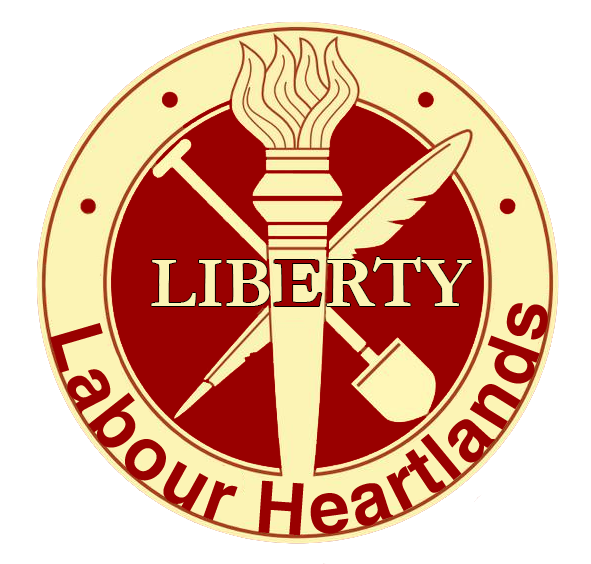Liberation of Nazi concentration camp in Auschwitz by Soviet Army
On January 27th, 1945, Soviet soldiers of the Red Army marched into Auschwitz-Birkenau, a sprawling death camp that had become the grim epicentre of the Nazis’ genocidal “Final Solution.” As the Third Reich crumbled under relentless Allied pressure, these soldiers unwittingly entered a place that would become synonymous with humanity’s darkest hour.
What they found was beyond comprehension: skeletal survivors clinging to life amidst the ruins of industrialized genocide. Over a million people—Jews, Poles, Romani, Soviet prisoners of war, and others—had perished within Auschwitz’s gates, many in the gas chambers that symbolised Nazi barbarism.
The liberation of Auschwitz did more than expose the horrors of the Holocaust; it marked a turning point in the collective reckoning with the atrocities of World War II. Soviet soldiers became the first witnesses to the full scale of the Nazis’ crimes, laying bare the unimaginable suffering inflicted on millions.
Since 2005, January 27th has been observed as International Holocaust Remembrance Day—a moment to honour the victims and reflect on the enduring lessons of Auschwitz’s liberation. This page delves into the heroic efforts of the Soviet troops who uncovered the unimaginable, forever intertwining their story with the fight for justice, truth, and memory.
What was Auschwitz?

Auschwitz was originally a Polish army barracks in southern Poland. Nazi Germany invaded and occupied Poland in September 1939, and by May 1940 turned the site into a jail for political prisoners.
This area – with the infamous lie Arbeit Macht Frei written above the entrance in German – meaning work sets you free – became known as Auschwitz.
But as the war and the Holocaust progressed, the Nazi regime greatly developed the site.
The first people to be gassed were a group of Polish and Soviet prisoners in September 1941. Work began on a new camp, Auschwitz II-Birkenau, the following month. This became the site of the huge gas chambers where hundreds of thousands were murdered prior to November 1944, and the crematoria where their bodies were burned.
German chemicals company IG Farben built and operated a synthetic rubber factory at Auschwitz III-Monowitz. Other private companies like Krupp and Siemens-Schuckert also ran factories nearby, to use the prisoners as slave labour. Both Primo Levi and Nobel Prize winner Elie Wiesel survived Monowitz concentration camp.
When Auschwitz was eventually liberated, it had more than 40 camps and subcamps. How Auschwitz became centre of Nazi Holocaust
How did Auschwitz work?
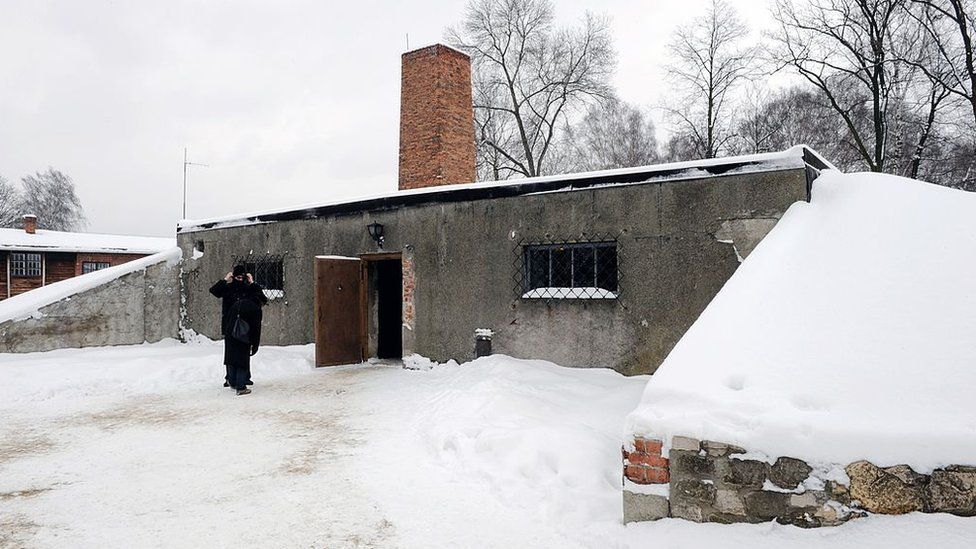
People from all over Europe were crammed into cattle wagons without windows, toilets, seats or food, and transported to Auschwitz.
There they were sorted into those who could work and those who were to be immediately killed.
The latter group were ordered to strip naked and sent to the showers for “delousing” – a euphemism used for the gas chambers.
Guards from the so-called “Hygienic Institute” would then drop powerful Zyklon-B gas pellets into the sealed chambers, and wait for people to die. It took about 20 minutes. The thick walls could not hide the screams of those suffocating inside.
Then Sonderkommandos – other prisoners, usually Jews forced to work for the guards or be killed – would remove artificial limbs, glasses, hair and teeth before dragging the corpses to the incinerators. Ashes of the bodies were buried or used as fertiliser.
Belongings of those gassed and those sent to work were taken for sorting in a part of the camp known as “Canada” – so named because the country was seen as a land of plenty.
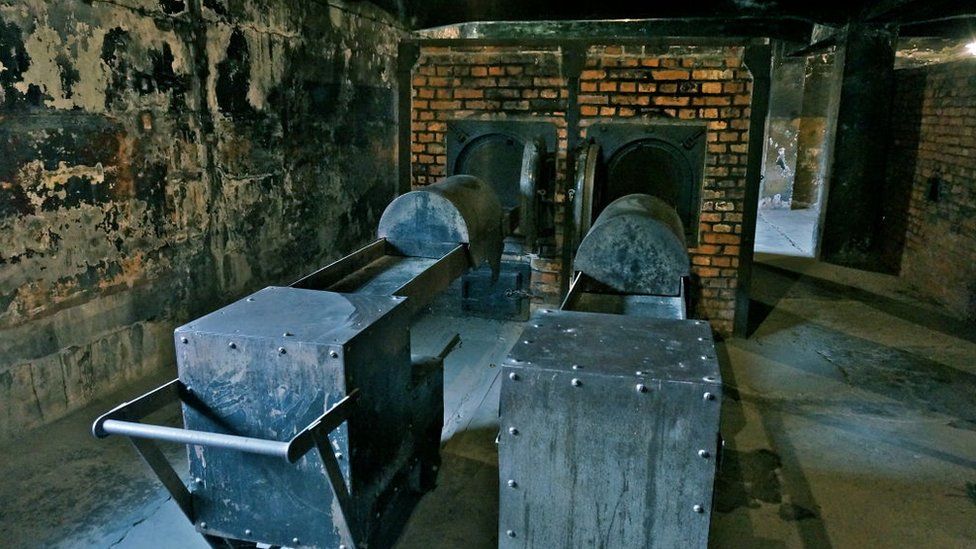
Between 1940 and 1945, about 1.3 million people (mostly Jews) were deported to Auschwitz by Nazi Germany; 1.1 million were murdered. In August 1944, there were more than 135,000 prisoners across the complex.
In January 1945, after the Red Army launched the Vistula–Oder Offensive and approached the camp, almost 60,000 prisoners were forced to leave on a death march westward. Inmates were marched mostly to Loslau but also to Gleiwitz, where they were forced into Holocaust trains and transported to concentration camps in Germany.
However, the liberation of the camp was not a specific goal of the Red Army and happened as a consequence of their advance westward across Poland. The Red Army had already liberated concentration camps in the Baltic area in early- to mid-1944, and other concentration camps continued to be liberated until the German surrender and the end of World War II in Europe in May 1945.
This photo is believed to be staged and taken after the actual liberation of the camp.
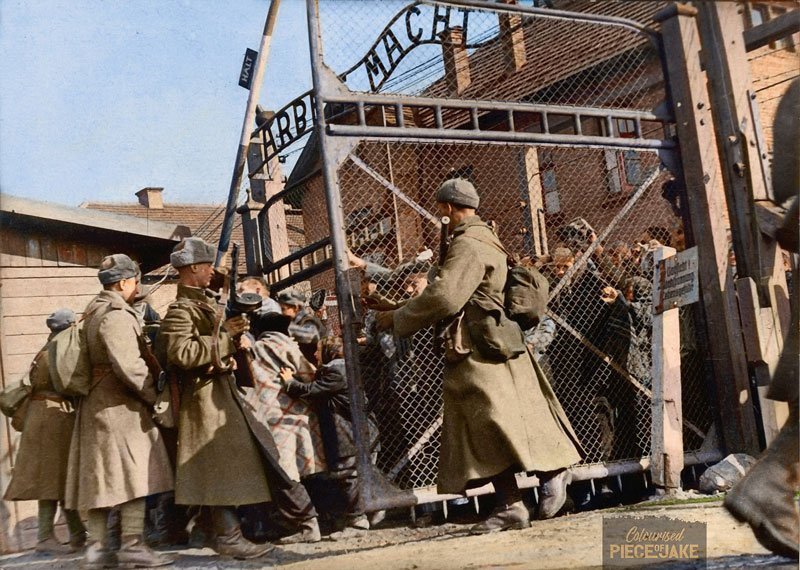
As the Red Army approached Auschwitz in January 1945, toward the end of the war, the Nazis sent most of the camp’s population west on a death march to other camps inside Germany and Austria. Soviet troops entered the camp on 27 January 1945, a day commemorated since 2005 as International Holocaust Remembrance Day.
In the decades after the war, survivors wrote memoirs of their experiences in Auschwitz, and the camp became a dominant symbol of the Holocaust.

In 1947 Poland founded the Auschwitz-Birkenau State Museum on the site of Auschwitz I and II, and in 1979 it was named a World Heritage Site by UNESCO.
1.1 million people (mostly Jews) had been murdered there. 60,000 had been forced onto a death march westwards at gunpoint: only 7,000 who were sick, children or otherwise unable to walk remained at the camp. Red Army soldiers also found 600 corpses, 370,000 men’s suits, 837,000 articles of women’s clothing, and seven tons of human hair.
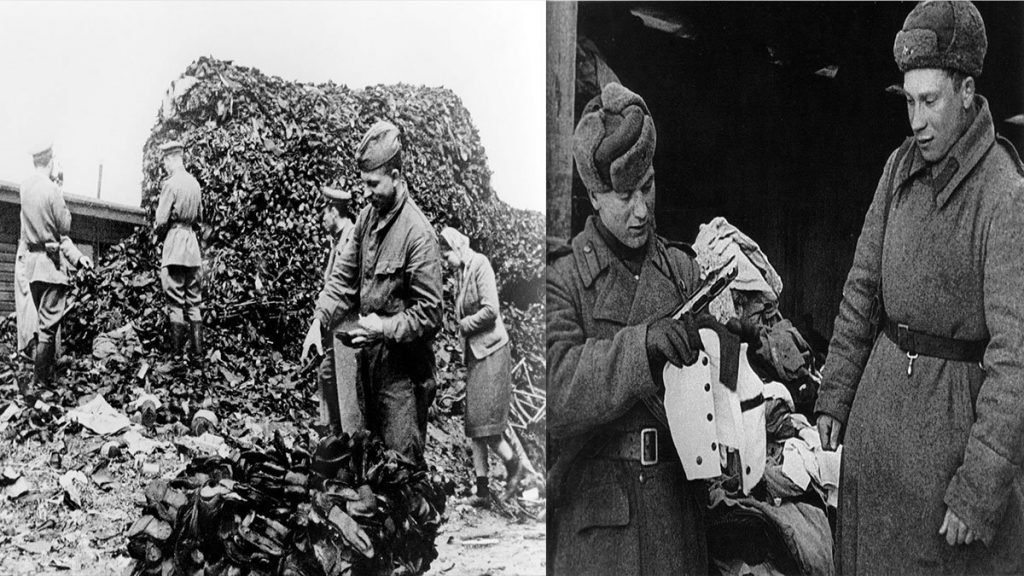
On January 27, 1945, Soviet troops entered Auschwitz, Poland, freeing the survivors of the network of concentration camps—and finally revealing to the world the depth of the horrors perpetrated there.
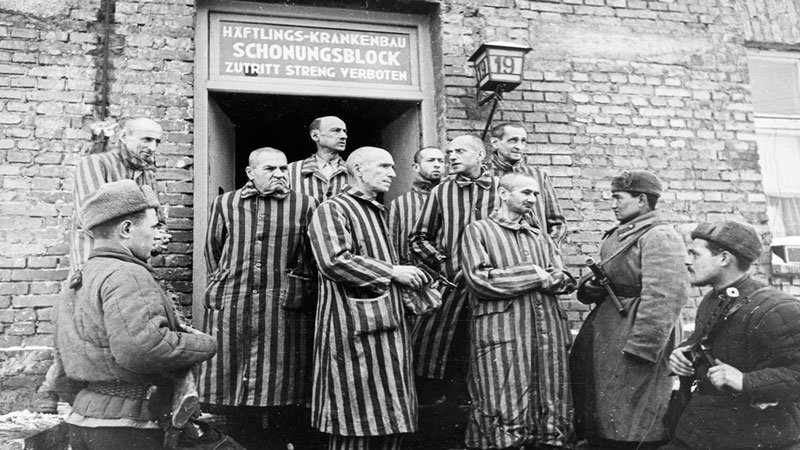
Auschwitz was really a group of camps, designated I, II, and III. There were also 40 smaller “satellite” camps. It was at Auschwitz II, at Birkenau, established in October 1941, that the SS created a complex, monstrously orchestrated killing ground: 300 prison barracks; four “bathhouses” in which prisoners were gassed; corpse cellars; and cremating ovens. Thousands of prisoners were also used for medical experiments overseen and performed by the camp doctor, Josef Mengele, the “Angel of Death.”
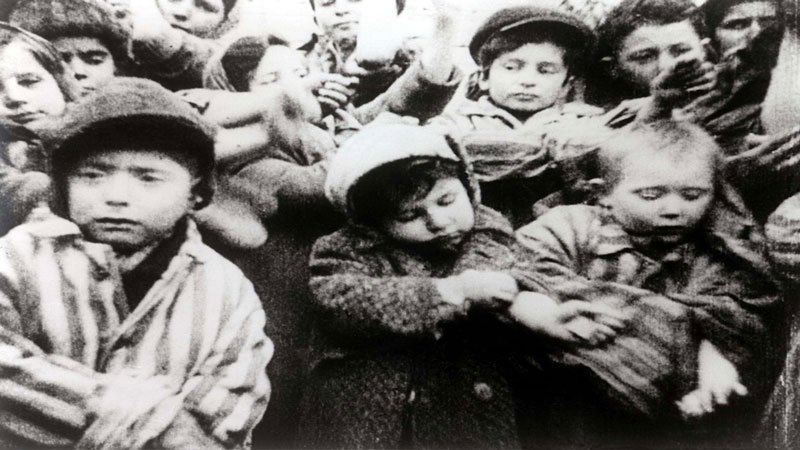
Listen to HISTORY This Week Podcast: January 27, 1945: Surviving Auschwitz
The Red Army had been advancing deeper into Poland since mid-January. Having liberated Warsaw and Krakow, Soviet troops headed for Auschwitz. In anticipation of the Soviet arrival, SS officers began a murder spree in the camps, shooting sick prisoners and blowing up crematoria in a desperate attempt to destroy the evidence of their crimes. When the Red Army finally broke through, Soviet soldiers encountered 648 corpses and more than 7,000 starving camp survivors. There were also six storehouses filled with hundreds of thousands of women’s dresses, men’s suits and shoes that the Germans did not have time to burn.
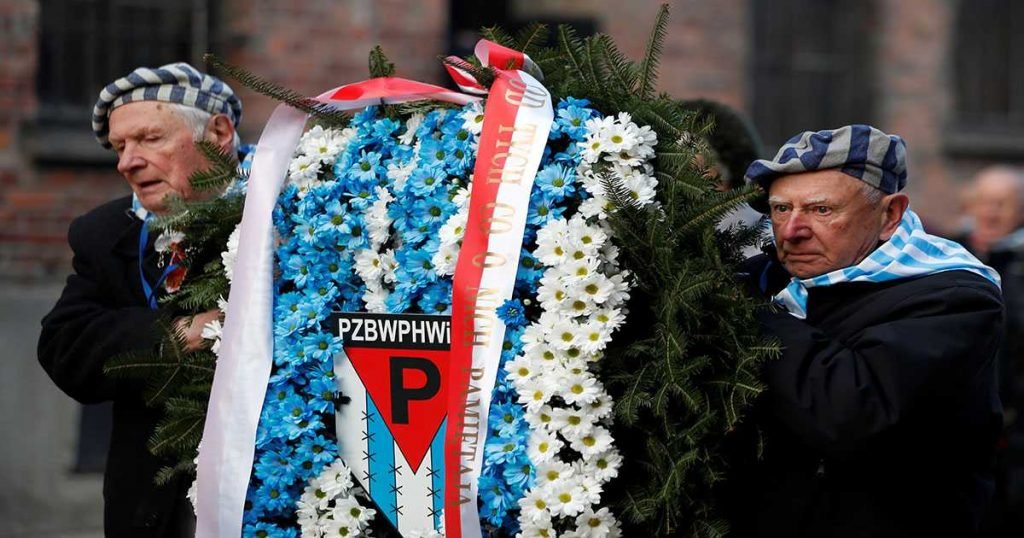
While Soviet sacrifice delivered the fatal blows to Nazism in 1945, the liberation of Auschwitz-Birkenau dealt an equally devastating moral blow. As the stark evidence of mass murder confronted them, the Allies could no longer turn a blind eye to the Holocaust’s scale. The ghastly fruits of racist ideology were laid bare. Although decades of struggle remained before the universal lessons were absorbed, Auschwitz’s liberation was a clarion call, the moment the world awoke from genocidal nightmare. The Soviet rifleman who stared numbly upon the crematoria set in motion shockwaves still resonating today.
Support Independent Journalism Today
Our unwavering dedication is to provide you with unbiased news, diverse perspectives, and insightful opinions. We're on a mission to ensure that those in positions of power are held accountable for their actions, but we can't do it alone. Labour Heartlands is primarily funded by me, Paul Knaggs, and by the generous contributions of readers like you. Your donations keep us going and help us uphold the principles of independent journalism. Join us in our quest for truth, transparency, and accountability – donate today and be a part of our mission!
Like everyone else, we're facing challenges, and we need your help to stay online and continue providing crucial journalism. Every contribution, no matter how small, goes a long way in helping us thrive. By becoming one of our donors, you become a vital part of our mission to uncover the truth and uphold the values of democracy.
While we maintain our independence from political affiliations, we stand united against corruption, injustice, and the erosion of free speech, truth, and democracy. We believe in the power of accurate information in a democracy, and we consider facts non-negotiable.
Your support, no matter the amount, can make a significant impact. Together, we can make a difference and continue our journey toward a more informed and just society.
Thank you for supporting Labour Heartlands








